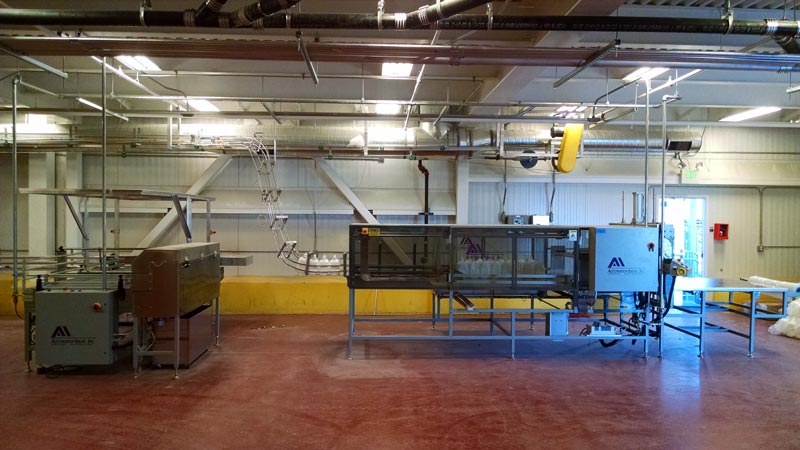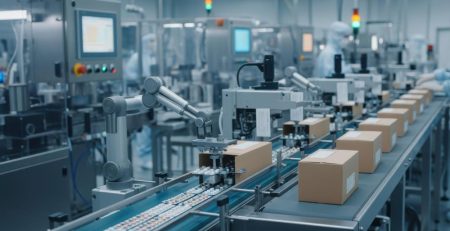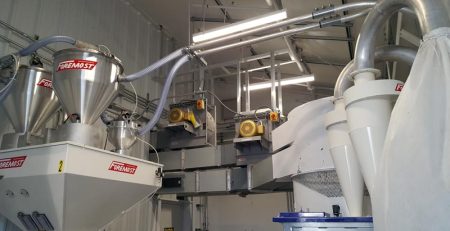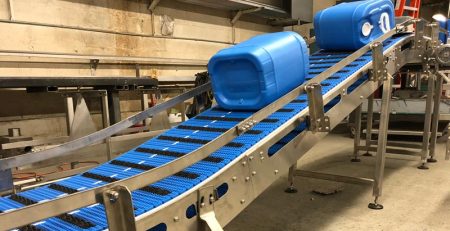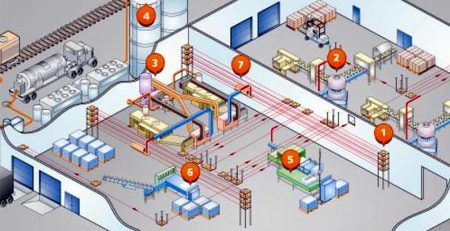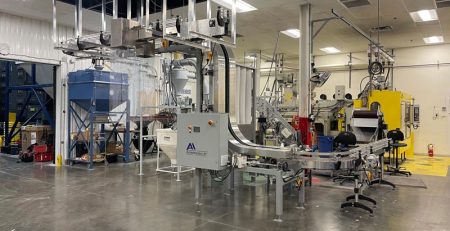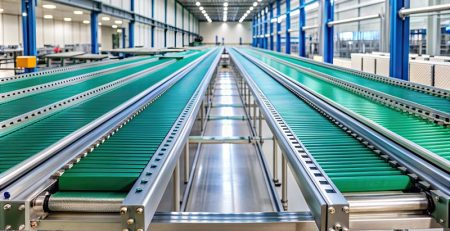In modern production environments, efficiency, consistency, and precision are essential. One of the most crucial yet often overlooked components of a streamlined packaging line is the proper selection of bagging and debagging equipment. Whether you’re packaging bottles, jars, or other containers, the right bagger or debagger can significantly impact your throughput, product safety, and overall operational efficiency.
Bagging and debagging systems are commonly used in beverage, food, household goods, and personal care industries, particularly for PET and HDPE containers. This guide explores the types of bagging and debagging equipment available, their core functions, and key considerations for choosing the right solution based on your specific application.
Understanding the Basics: What Are Baggers and Debaggers?
Baggers are machines designed to automatically or semi-automatically place empty containers into plastic bags for storage, transport, or later use. This protects containers from contamination, reduces manual handling, and improves line efficiency.
Debaggers perform the inverse function. They remove containers from bags and feed them into a production or filling line. Automated debaggers increase speed, reduce labor requirements, and ensure hygienic handling of containers.
These systems are essential for maintaining a sanitary environment and preventing damage or contamination during transport between molding and filling operations.
Types of Baggers
Vertical Baggers
Vertical baggers are designed for operations where bottles are bagged while standing upright. This orientation is ideal for plants with high-speed production lines requiring consistent container alignment.
Best for: Facilities with high throughput and vertical storage or transport requirements.
Horizontal Baggers
Horizontal baggers lay containers down flat before inserting them into bags. This configuration helps maximize space within the bag and may be suitable for container types that are more stable when lying down.
Best for: Applications focused on maximizing bag volume or transporting containers more securely.
Semi-Automatic Baggers
Semi-automatic systems require some operator involvement, such as feeding containers or initiating the bagging cycle. These machines are often used in smaller facilities or operations with lower production volumes.
Best for: Facilities with moderate production runs and a need for flexibility.
Types of Debaggers
Automatic Debaggers
Automatic debaggers perform all key steps: cutting or opening the bag, removing the containers, orienting them, and feeding them directly onto a conveyor. These machines are ideal for high-speed operations and environments where labor reduction and sanitary handling are priorities.
Best for: High-volume lines requiring minimal human interaction and precise container handling.
Semi-Automatic Debaggers
These systems involve some manual steps, such as placing the bag onto the machine or assisting in unloading. They offer a balance between automation and flexibility.
Best for: Mid-sized operations or facilities looking to scale gradually.
Container Considerations
The type, size, and shape of the containers being handled are critical factors when choosing a bagger or debagger. Consider the following:
- Container material: PET and HDPE are common, but handling needs vary depending on material flexibility.
- Shape and size: Round containers are easier to align, while square or uniquely shaped containers may require specialized equipment.
- Neck orientation: Proper neck orientation is essential for downstream automation, particularly in filling or capping lines.
Machines can often be customized or configured to handle a range of container types, but understanding your most common formats will help narrow your options.
Bag Type and Material Handling
Plastic bags used for container storage come in various sizes and thicknesses. Some machines are equipped to automatically open and discard bags, while others require operators to assist.
When evaluating bag compatibility:
- Ensure bags are compatible with your containers’ size and configuration.
- Verify bag-opening and cutting mechanisms suit your hygiene and speed requirements.
- Consider options with integrated bag compactors to reduce waste.
“With the right equipment in place, your production environment can achieve higher throughput, better reliability, and greater adaptability in today’s competitive manufacturing landscape.”
Line Integration and Automation
Choosing bagging and debagging equipment is not just about standalone functionality—integration with upstream and downstream equipment is vital. Consider:
- Infeed/outfeed conveyor compatibility
- Speed synchronization with blow molders, fillers, and palletizers
- Communication protocols and control system compatibility (e.g., PLCs, HMIs)
A well-integrated line reduces bottlenecks and ensures optimal performance across all stages of production.
Hygiene and Sanitation Standards
Baggers and debaggers handling containers for food or beverage applications must meet strict sanitary guidelines. Look for:
- Stainless steel construction
- Smooth, crevice-free surfaces for easy cleaning
- Enclosed systems to prevent airborne contamination
- Compliance with FDA or other relevant standards
Automated debaggers especially improve hygiene by reducing human contact with container surfaces before they reach the filling station.
Maintenance and Reliability
Reliable equipment is essential for keeping operations running smoothly. When evaluating machines:
- Check for tool-less access to key components
- Prioritize systems with diagnostic alerts and remote monitoring capabilities
- Choose durable parts and robust mechanical design for high
- Review ease of parts replacement and availability of technical support
Regular preventive maintenance and operator training also play a role in maximizing equipment lifespan.
Energy Efficiency and Sustainability
Energy-efficient systems are becoming a standard requirement. Machines that use efficient motors, variable speed drives, and low-waste bag handling contribute to a greener operation.
You may also want to explore systems designed to reduce material waste, such as:
- Optimized bag usage (less plastic per container)
- Compacting discarded bags for easier recycling
Bagger and Debagger Equipment by Automation Ideas
Selecting the right bagger and debagger equipment involves a thoughtful evaluation of your production goals, container types, facility layout, and hygiene requirements. From vertical and horizontal baggers to fully automated debaggers with integrated conveyors, each type of equipment offers specific advantages based on your operational needs.
By focusing on the key factors outlined above—automation level, container compatibility, integration, hygiene, and maintenance—you can choose a solution that enhances efficiency, reduces labor costs, and ensures the consistent delivery of clean, undamaged containers to your filling lines.
With the right equipment in place, your production environment can achieve higher throughput, better reliability, and greater adaptability in today’s competitive manufacturing landscape.
If you are interested in our bagger or debagger equipment, or would like to learn more about any of our automation equipment, please contact us here or give our dedicated support team a call at (616) 874-4041.

